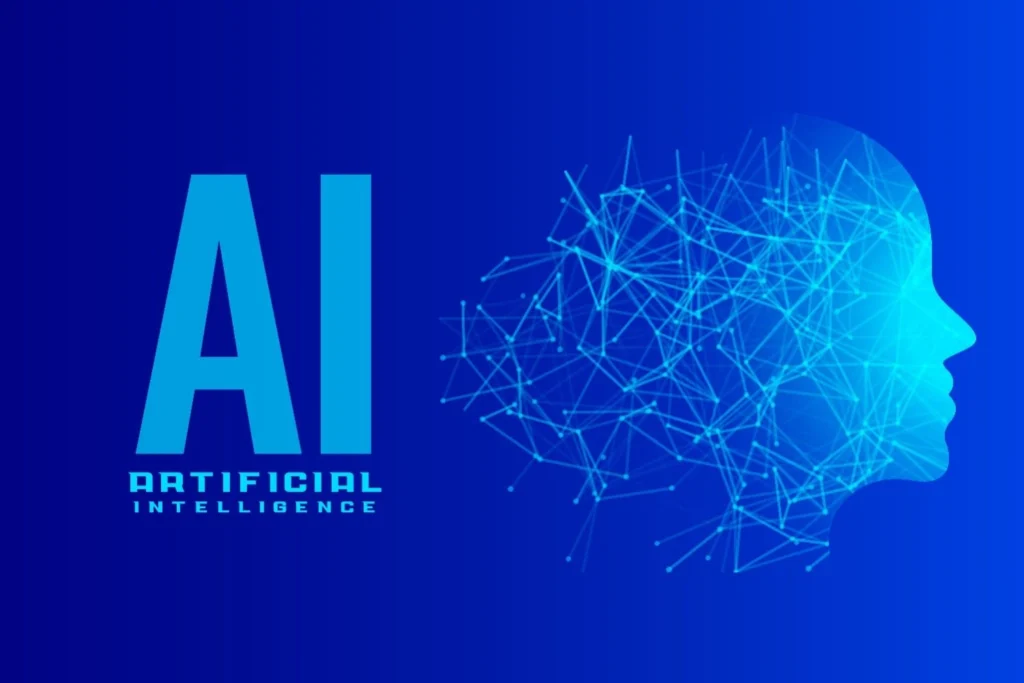Artificial intelligence, or AI, is something we hear about almost everywhere these days. From smartphones to smart homes, it’s quietly shaping how we live and work. But if you’ve ever wondered, what is AI and how does it work, you’re not alone. Let’s break it down in simple terms so it feels less like a mystery.
AI isn’t about robots taking over the world or computers trying to think like humans. It’s about creating systems that can learn from data, spot patterns, and make decisions, often faster than we can. It’s like teaching machines how to help us in ways that make life easier.
What Exactly Is AI?
AI, short for artificial intelligence, is a type of technology that lets machines act a little smarter. It’s what helps your phone predict what you’re going to type next or why Netflix knows what shows you might like. At its core, AI is about making machines solve problems, whether that’s identifying a picture of your dog or calculating the quickest route to work.
But here’s the cool part that AI doesn’t just follow instructions, It can learn and improve over time. That’s why chatbots sound better today than they did a few years ago, or why shopping apps know your style so well. So, what is AI and how does it work? It’s a combination of data processing and pattern recognition that helps the machine learn and make smarter decisions.
How Does AI Work?
You don’t need a Ph.D. in computer science to understand how AI works. It is like teaching a kid to recognize objects but instead of teaching one child, you are training a machine with thousands of examples. Let us go step by step.
Step 1: Gathering Data
AI starts by collecting data. Think of all the pictures, text and videos out there. That data becomes the foundation for AI to learn from. For example, if you want an AI system to recognize apples, you’d feed it hundreds or even thousands of pictures of apples. What is AI and how does it work in this case? It processes all that data to find patterns and identify what makes an apple distinct.
Step 2: Spotting Patterns
Once the data is collected, the system gets to work spotting patterns. It looks for similarities like the round shape or red color of an apple. AI uses algorithms which are like a set of rules to figure out what makes an apple different from a banana.
Step 3: Making Decisions
After learning patterns, AI uses that knowledge to make decisions. So, if you show it a picture of fruit, it can tell you whether it’s an apple or something else. This is the magic that powers things like facial recognition or voice assistants. This is how AI works to make decisions based on the patterns it learns. The question what is AI and how does it work really comes down to how well it can recognize patterns and apply them to new situations.
Step 4: Learning from Mistakes
AI isn’t perfect and that’s okay. When it gets something wrong, it learns from the mistake and adjusts its approach. This process, called “machine learning,” helps AI improve over time.
Where Do We See AI in Action?
AI might sound like something out of a tech lab, but you probably use it daily without realizing it. Here are a few examples:
- Search Engines: Google uses AI to deliver the best answers to your questions.
- Smart Assistants: Alexa and Siri use AI to understand your voice and respond.
- Shopping Recommendations: Amazon shows you products you’re likely to buy based on your browsing history.
- Healthcare: AI helps doctors detect diseases faster and with better accuracy.
- Self-Driving Cars: These vehicles use AI to navigate roads safely.
Every one of these uses is powered by AI and its ability to learn and adapt. The question remains: What is AI and how does it work to bring these innovations to life? It’s all about processing data, recognizing patterns, and making decisions based on what it has learned.
Different Types of AI
AI isn’t one-size-fits-all. There are different types depending on what it’s designed to do. Here is a quick overview:
- Reactive AI: This type can only react to situations. For example a chess-playing AI that makes moves based on the current state of the game.
- Limited Memory AI: Most AI systems today fall into this category. They learn from past data and use it to make better decisions.
- Theory of Mind AI: This is still in the experimental phase. It refers to AI that understands emotions and reacts accordingly.
- Self-Aware AI: This doesn’t exist yet, but the idea is that AI could one day understand itself and others in complex ways.
So, what is AI and how does it work within these categories? The answer lies in how data is processed and how the AI system is designed to function. Some systems are simple, while others are complex, learning not just from data but from emotions and context.
The Magic Behind AI
What makes AI so effective is its ability to learn. Unlike regular software that does what it’s told, AI gets better with experience. The more data it processes, the smarter it becomes.
For instance, when you stream music, AI learns your taste and recommends songs you’ll probably love. The more you listen, the better it gets at predicting your vibe. This is a direct answer to what is AI and how does it work—it works by continuously adapting and learning from past experiences.
The Challenges AI Faces
Even though AI is powerful, it’s not without its flaws. Here are some common challenges:
- Bias in Data: If the data used to train AI has biases, the AI system might make unfair decisions.
- Privacy Concerns: AI needs a lot of personal data to work well, raising questions about how that data is used.
- Complexity: Building AI systems requires a lot of expertise and resources, which not everyone has access to.
These challenges are part of the ongoing discussion about what is AI and how does it work in the real world. As AI continues to evolve, we’ll need to tackle these issues for the technology to become truly beneficial for everyone.
Why Should You Care About AI?
Understanding what is AI and how does it work matters because it’s shaping the future. Whether it is making daily tasks easier or solving big problems like climate change, AI has enormous potential.
But it’s not just about big innovations. AI is also making life more convenient. From personalized playlists to smart home devices, it’s helping us in ways we often take for granted.
What’s Next for AI?
The future of AI is exciting and full of possibilities. Imagine an AI that does not just follow commands but understands your feelings. Or systems that can create art, music or even entire movies.
At the same time, it is important to think about how we use AI responsibly. Ensuring ethical development and accessibility will help make AI a tool that benefits everyone.
Conclusion
AI might seem complicated, but at its heart, it’s all about making things easier and smarter. Now that you know what is AI and how does it work, it’s clear why it’s becoming such a big part of our lives.
From automating tasks to powering breakthroughs in medicine, AI is helping us solve problems in ways we never thought possible. And as it continues to grow, it’s bound to make an even bigger impact.
Frequently Asked Questions
1. What is AI?
AI, or artificial intelligence, refers to machines or software designed to perform tasks that usually require human intelligence, like learning and decision-making. It uses algorithms to analyze data and improve over time. AI mimics human abilities to automate tasks and enhance efficiency.
2. How does AI work in simple terms?
AI processes large amounts of data to identify patterns using algorithms. It learns from this data to make predictions and decisions based on its findings. As it processes more data, AI continues to improve its performance and accuracy.
3. What are the main types of AI?
AI types include Reactive AI (responds to specific inputs), Limited Memory AI (learns from past experiences), Theory of Mind AI (understands emotions and thoughts, still theoretical), and Self-aware AI (understands itself, not yet developed). Each type has varying levels of complexity and capabilities.
4. Can AI think like humans?
No, AI cannot think like humans as it lacks emotions, consciousness, and subjective experiences. It operates based on patterns it identifies in data, making decisions without human-like understanding. AI processes information but doesn’t experience or interpret it like humans.
5. What are some real-life applications of AI?
AI is used in virtual assistants (Siri, Alexa), self-driving cars, and recommendation systems (Netflix, YouTube). It’s also transforming industries like healthcare by assisting with diagnostics and automating routine tasks, improving efficiency and accuracy.




Pingback: Quantum Computing Applications: The Future of Technology - collected4u
Pingback: Top 5 Emerging Tech Trends in 2024 That Will Shape the Future - collected4u